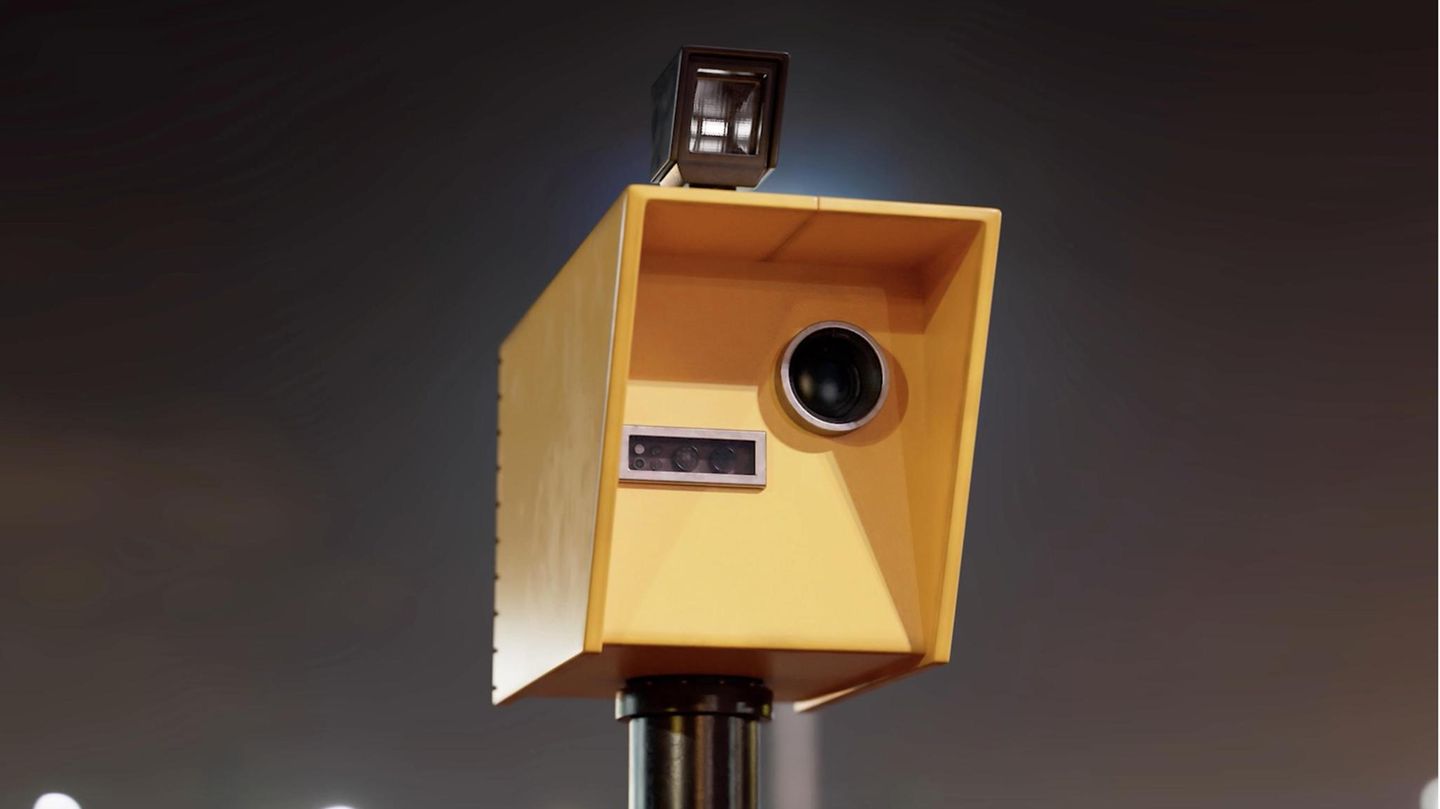I’m a recent graduate of the University of Missouri with a degree in journalism. I started working as a news reporter for 24 Hours World about two years ago, and I’ve been writing articles ever since. My main focus is automotive news, but I’ve also written about politics, lifestyle, and entertainment.
Menu
German speed camera types and their speed tolerance
Categories
Most Read
Porsche: Sports car manufacturer reports drastic drop in profits
October 24, 2025
No Comments
How to consult an agreement for the payment of vehicle debts to Sucive
October 24, 2025
No Comments
Car thefts in 2024: Criminals particularly like these models
October 24, 2025
No Comments
Quiz for drivers to refresh themselves: Who has the right of way here?
October 24, 2025
No Comments
Tesla recalls more than 63,000 Cybertrucks in the US due to problems with headlights
October 24, 2025
No Comments
Latest Posts

Scary films: Want a thrill? Films that won’t let you sleep
October 26, 2025
No Comments
Lisa HarrisI am an author and journalist who has worked in the entertainment industry for over a decade. I currently work as a news editor

After fighting in the border area: Thailand and Cambodia seal peace – Trump mediates
October 26, 2025
No Comments
IvanI have been working in the news industry for over 6 years, first as a reporter and now as an editor. I have covered politics

Asia trip: Trump dances when landing in Malaysia
October 26, 2025
No Comments
IvanI have been working in the news industry for over 6 years, first as a reporter and now as an editor. I have covered politics
24 Hours Worlds is a comprehensive source of instant world current affairs, offering up-to-the-minute coverage of breaking news and events from around the globe. With a team of experienced journalists and experts on hand 24/7.

